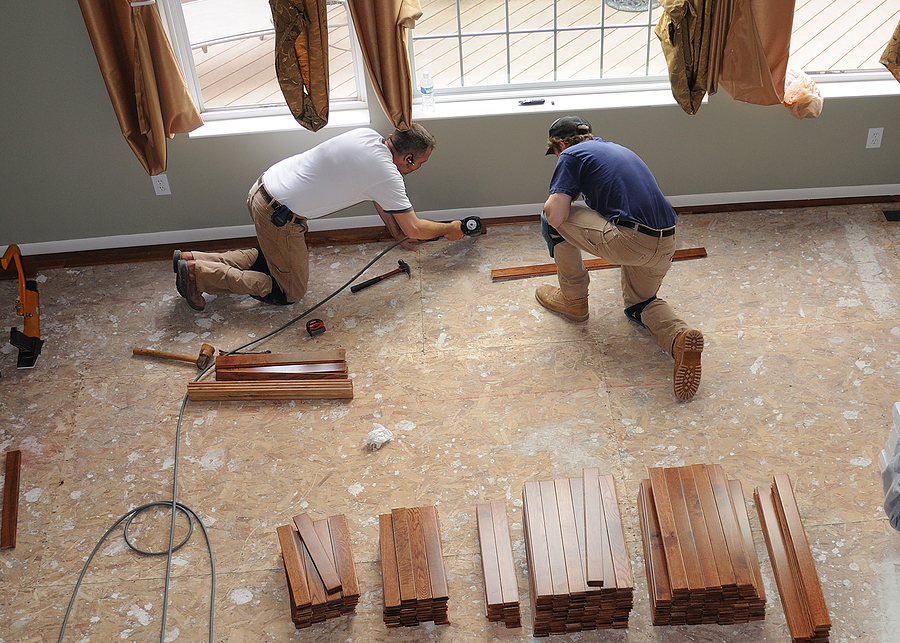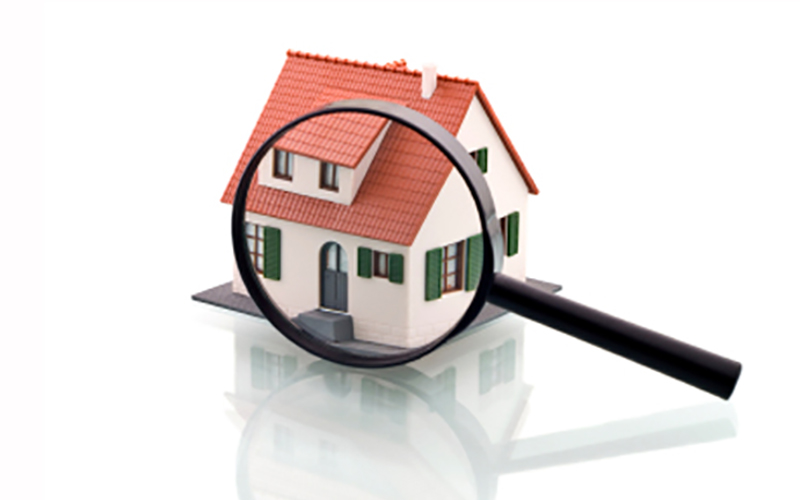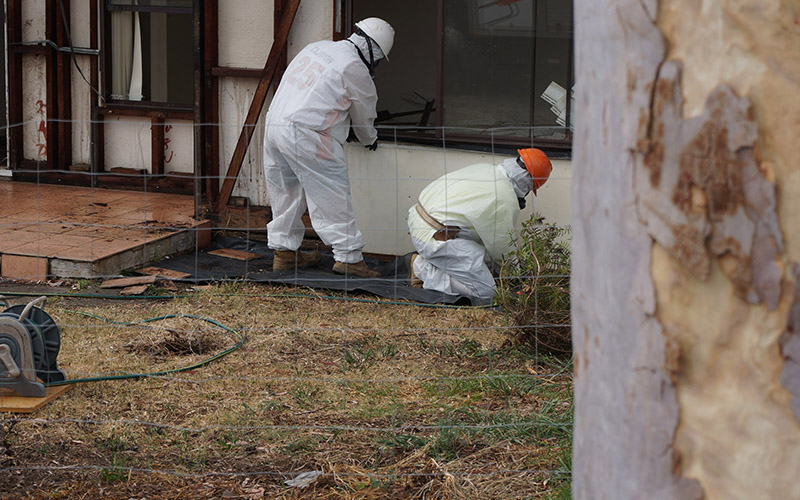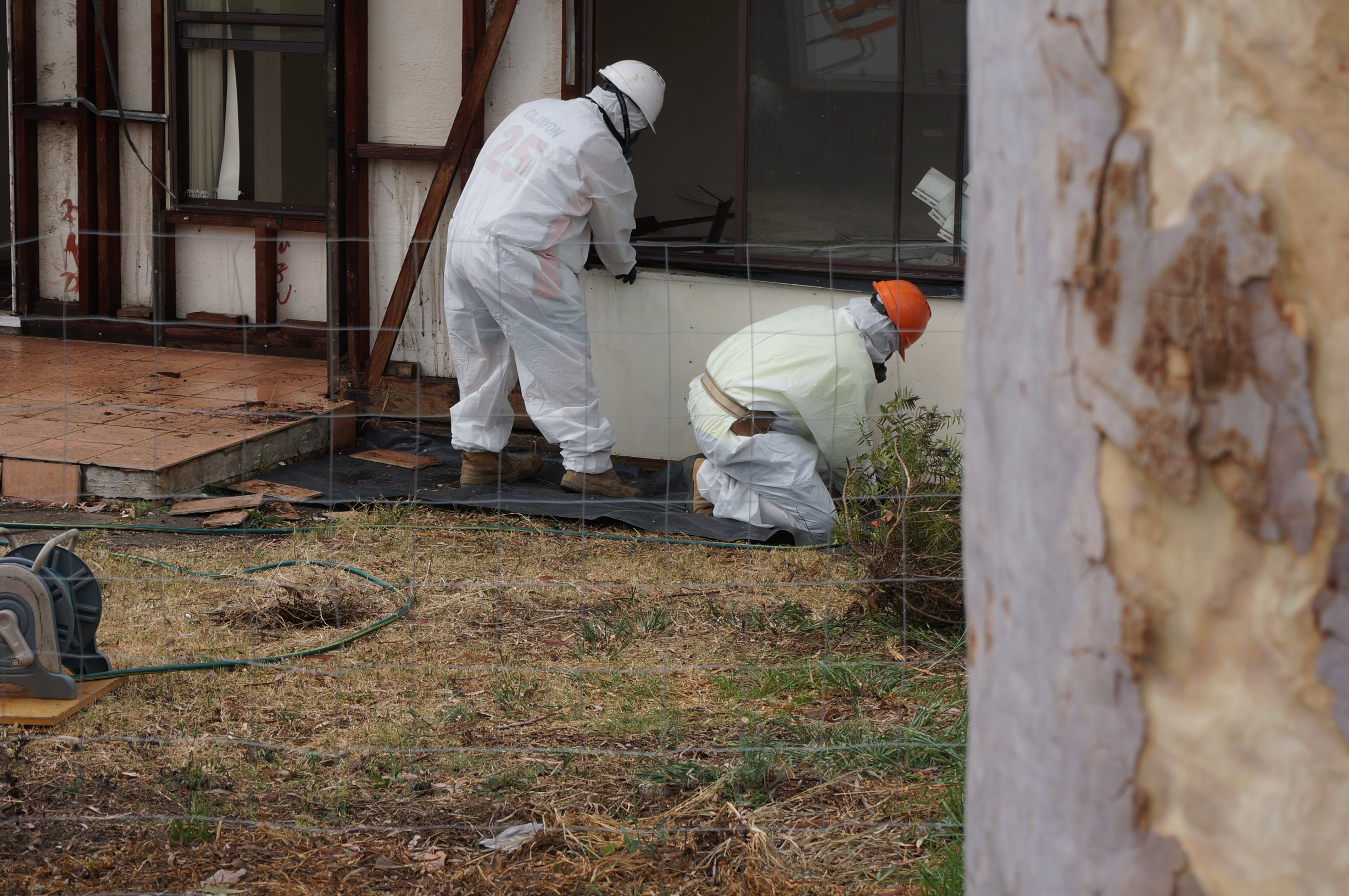Until usage was curbed in the 1980's, Australia had one of the highest rates of asbestos usage per person in the world. In 2003 a total ban was placed on asbestos in Australia, making it illegal to mine, manufacture, export or import the deadly substance.
However, this ban couldn't account for all the asbestos already in the housing supply and previously we have talked extensively about the amount and dangers of this legacy asbestos hiding in Australia's homes.
This asbestos is usually found in two forms: Friable and non-friable.
The good news is that if you live in Sydney your house is likely to contain non-friable asbestos, which is the least dangerous of the two as the asbestos fibres are contained in a bonding agent, like cement. Although friable asbestos has been found in some Sydney homes, it saw more widespread use in colder parts of the country like Canberra.
Although certainly less hazardous, non-friable asbestos should still be treated with caution as any damage can break the seal and release dangerous asbestos fibres into the air.
In NSW it is legal for home owners to remove up to 10m2 of friable asbestos themselves; however, this is not recommended and is even illegal in other states, like Victoria.
Friable asbestos removal is always a task best undertaken by licensed professionals as it is a tedious and delicate process. During removal each panel of friable asbestos must be removed individually and intact while being sprayed with water to ensure no asbestos minerals become airborne.
Once the asbestos containing material has been removed it must be wrapped in plastic ad placed in a skip for proper disposal.
Overall, removing friable asbestos is safe and can even be relatively low risk if undertaken properly. However, given the margin for error, it can also be very unsafe if undertaken without thought, planning and the proper safety considerations.
Related Articles














